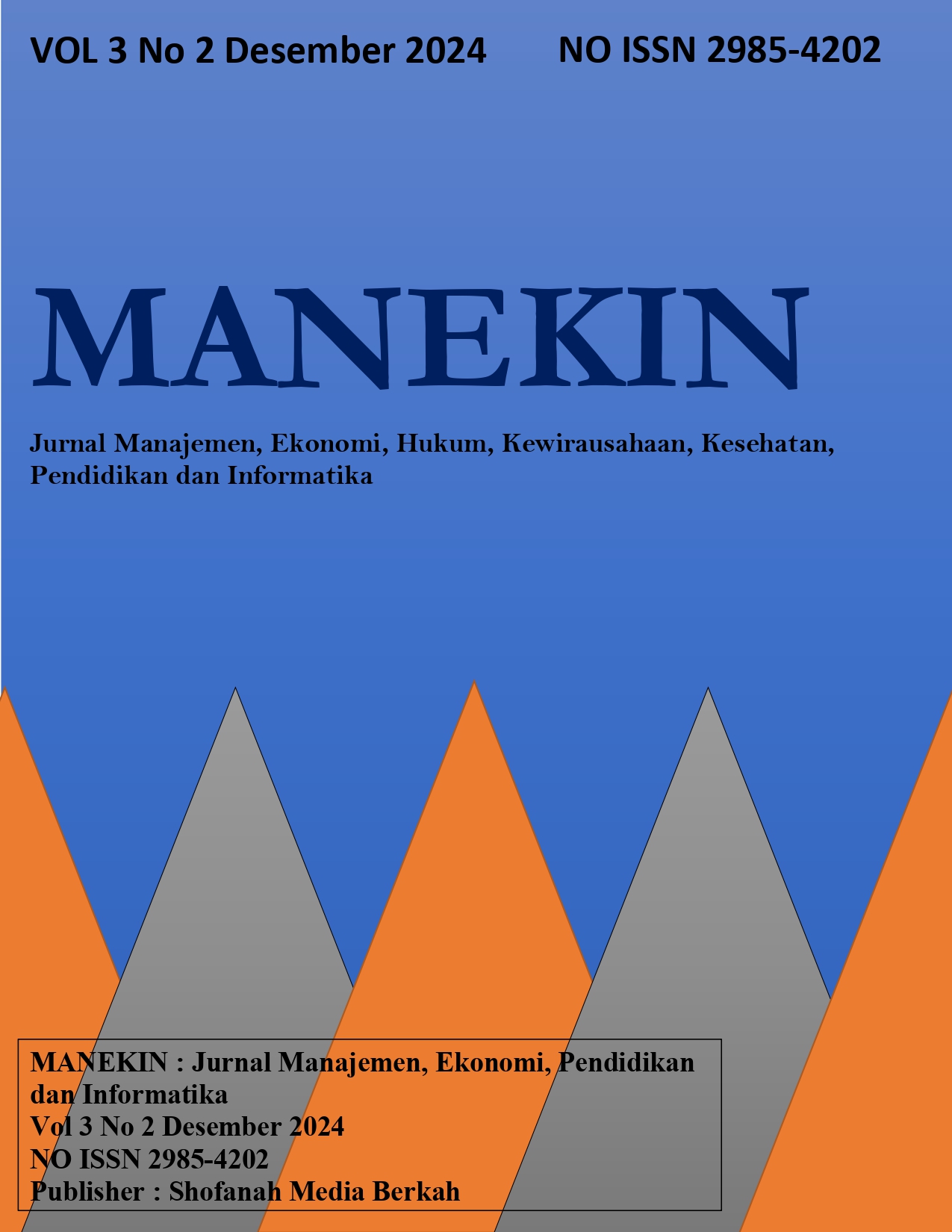Laporan Kasus: Otitis Eksterna
Keywords:
OE, KAE, Aural Toilet, Ciprofloxacin, DeksametasonAbstract
Otitis externa (OE) is a disease that is often encountered in otorhinolaryngology practice. OE is defined as inflammation of the external acoustic canal (KAE) and can extend beyond the KAE to involve the pinna and surrounding soft tissue. OE can occur by several factors, namely the environment, a decrease in skin pH, and a person's habits such as picking their ears, which can cause trauma. OE is common worldwide, with a higher incidence in tropical regions than in temperate regions due to higher temperatures and humidity. OE can be caused by bacterial, fungal or viral infections. More than 90% of cases of otitis externa are caused by bacteria, most commonly Pseudomonas aeruginosa (22-62%) and Staphylococcus aureus. Based on its onset, OE is called acute if the symptoms experienced last less than 6 weeks and chronic if the symptoms experienced are more than 3 months. The principle of managing OE is to clean the KAE (aural toilet), use topical antiseptics and antimicrobials as well as adequate analgesics. In diffuse OE, the use of tampons containing antibiotics is recommended. This case report describes a 46 year old woman who came with complaints of pain in her left ear accompanied by occasional fever for 3 days. Previously the patient experienced itchy ears accompanied by ringing and hearing had decreased since 1 month ago. The patient said he often rubs his ears with his index finger and regularly cleans his ears using cotton bud Once every 2 or 3 months. Complaints of earlobe pulling pain, tragus tenderness, otorrhea, or vertigo are dismissed. From the physical examination, it was found that the left ear canal was open, erythema and mucosal secretions were present. Treatment for this patient is systemic therapy in the form of ciprofloxacin 500 mg three times daily, dexamethasone 0.5 mg three times daily.
References
Soepardi, E. A., Iskandar, N., Bashiruddin, J., & Restuti, R. D. (2011). Buku Ajar Ilmu Kesehatan Telinga, Hidung, Tenggorok, Kepala dan Leher (6 ed.). Badan Penerbit FKUI.
Hadi, U., Chaar, M., Jaafar, R. F., & Matar, G. M. (2007). Comparative analysis of hospital-acquired and community-acquired Peudomonas aeruginosa strains in a tertiary care medical center. Journal of Applied Research, 7(3), 233–237.
Centers for Disease Control and Prevention (CDC). (2011). Estimated Burden of Acute Otitis Externa — United States, 2003–2007 Acute. In MMWR. Morbidity and mortality weekly report (Vol. 60, Nomor 19). http://www.ncbi.nlm.nih.gov/pubmed/2159745 6.
Schaefer, P., & Baugh, R. F. (2012). Acute otitis externa: An update. American Family Physician, 86(11), 1055–1061.
Harris, T., & Viljoen, G. (2021). Management of otitis externa. South African General Practitioner, 2(2), 50– 54. https://doi.org/10.36303/sagp.2021.2.2.0069
Wulandari, M. A. K., & Sudipta, I. M. (2020). Karakteristik kasus otitis eksterna di RSUP Sanglah Denpasar periode April 2015-April 2016. Intisari Sains Medis, 11(2), 489–492. https://doi.org/10.15562/ism.v11i2.619.
Medina-Blasini Y, Sharman T. Otitis Externa. [Updated 2023 Feb 12]. In: StatPearls [Internet]. Treasure Island (FL): StatPearls Publishing; 2023 Jan-. Available from: https://www.ncbi.nlm.nih.gov/books/NBK556055/.
Abdullahi, M., & Aliyu, D. (2016). Risk factors of acute otitis externa seen in patients in a Nigerian tertiary institution. Sahel Medical Journal, 19(3), 146. https://doi.org/10.4103/1118-8561.192395.

















